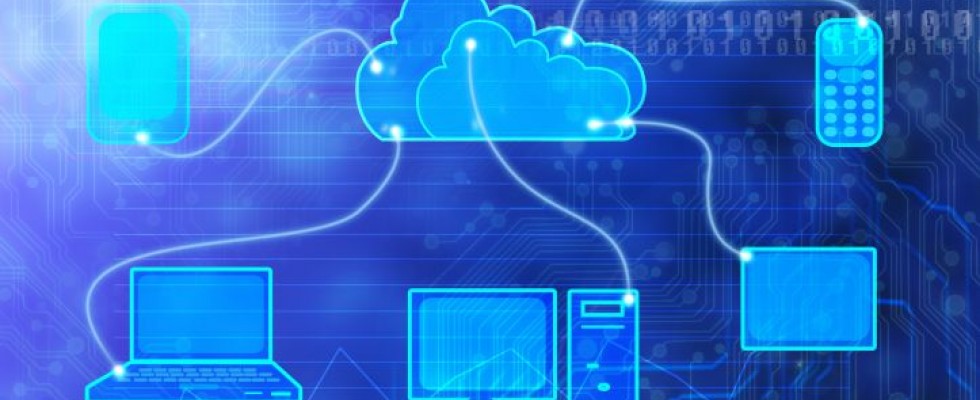
Remote patient monitoring (RPM) uses digital technologies to monitor patients outside of conventional clinical settings, such as in the home, and electronically transmits that information securely to their health care providers.
RPM—one type of telehealth—uses one or more wireless or mobile monitoring devices, such as sensors, mobile apps and monitors, that transmit vital sign data or information on activities of daily living, that are subsequently reviewed by a health care professional.
When it comes to remote patient monitoring, capabilities are evolving and expanding, but there are challenges to widespread adoption, although it is now common for people with chronic conditions such as congestive heart failure (CHF), for example, to be monitored at home.
In his 2015 book, “The Internet of Healthy Things,” connected health advocate Dr. Joseph Kvedar wrote that RPM was not that far along on the adoption curve. Kvedar leads Connected Health at Partners HealthCare in Boston, which is creating a new model of health care delivery, moving care from the hospital or doctor’s office into the day-to-day lives of patients.
As more patients use smartphones and apps, the cost of remotely monitoring chronic conditions such as hypertension and diabetes will go down, Kvedar wrote in 2015.
Today, he says that one of the big challenges in health care is that risk tolerance is low when it comes to patients. And, he adds that, “homecare is an undercapitalized industry. Homecare providers don’t do much telemedicine because under the current reimbursement structure, it's difficult to make a financial return on that investment, and that’s a disappointment.”
There are different uses for remote patient monitoring, Kvedar said. In the context of illness, a patient is equipped with various sensors, or a hub device, which collects personal health data about the individual, and can monitor their condition. With digital technologies, remote monitoring is automatic, but there are still occasions where people write things in diaries.
“Best are those technologies where information is automatically uploaded from the patient device and securely ends up in the electronic health record, and you don’t have to tinker with it,” Kvedar said. “An excellent example of this is a call center environment, where the provider has an overview of the patient population they’re following, and software that can prioritize cases for them based on established medical parameters.” Patients who fall out of those medical parameters would be flagged, and a nurse has the option of getting in touch with them, in the moment. The classic example is CHF.
CMS values remote patient monitoring services in the same way it values other physician services because there is the potential to produce positive outcomes, such as preventing avoidable hospitalization. The effectiveness of RPM is being studied in care management for chronic conditions.
A wide range of health data can be collected by these personal health technologies, such as weight, blood pressure, blood glucose, blood oxygen levels and heart rate, and the process of remote patient monitoring allows providers to track a patient’s condition and provide earlier intervention for potential problems.
The technology used to provide remote patient monitoring services can vary among service providers and is evolving. Different organizations are presenting their findings.
In the past few years, the FDA has taken steps to encourage more development and greater innovation in the digital health space. With the launch of its Digital Health Innovation Action Plan in 2017, the FDA committed to implementing policies, adding expertise and exploring a software precertification pilot program to bring clarity and efficiency to how digital health products are regulated.
In the FDA’s Fiscal Year 2019 Budget, creating a Center of Excellence for Digital Health was proposed that would advance modernizing the agency’s regulatory approach to help the industry grow and reach its full potential, while protecting patients. This Center of Excellence would help establish more efficient regulatory paradigms, consider building new capacity to evaluate and recognize third-party certifiers, and support a cybersecurity unit to complement the advances in software-based devices.
If your organization is considering teleheath and remote patient monitoring, consider getting assistance from other organizations doing RPM, who can share information about their program. For example, more than half of California-based Kaiser Permanente’s interactions with patients are through telehealth.
For more information on remote patient monitoring, these views from industry vendors may be helpful.
